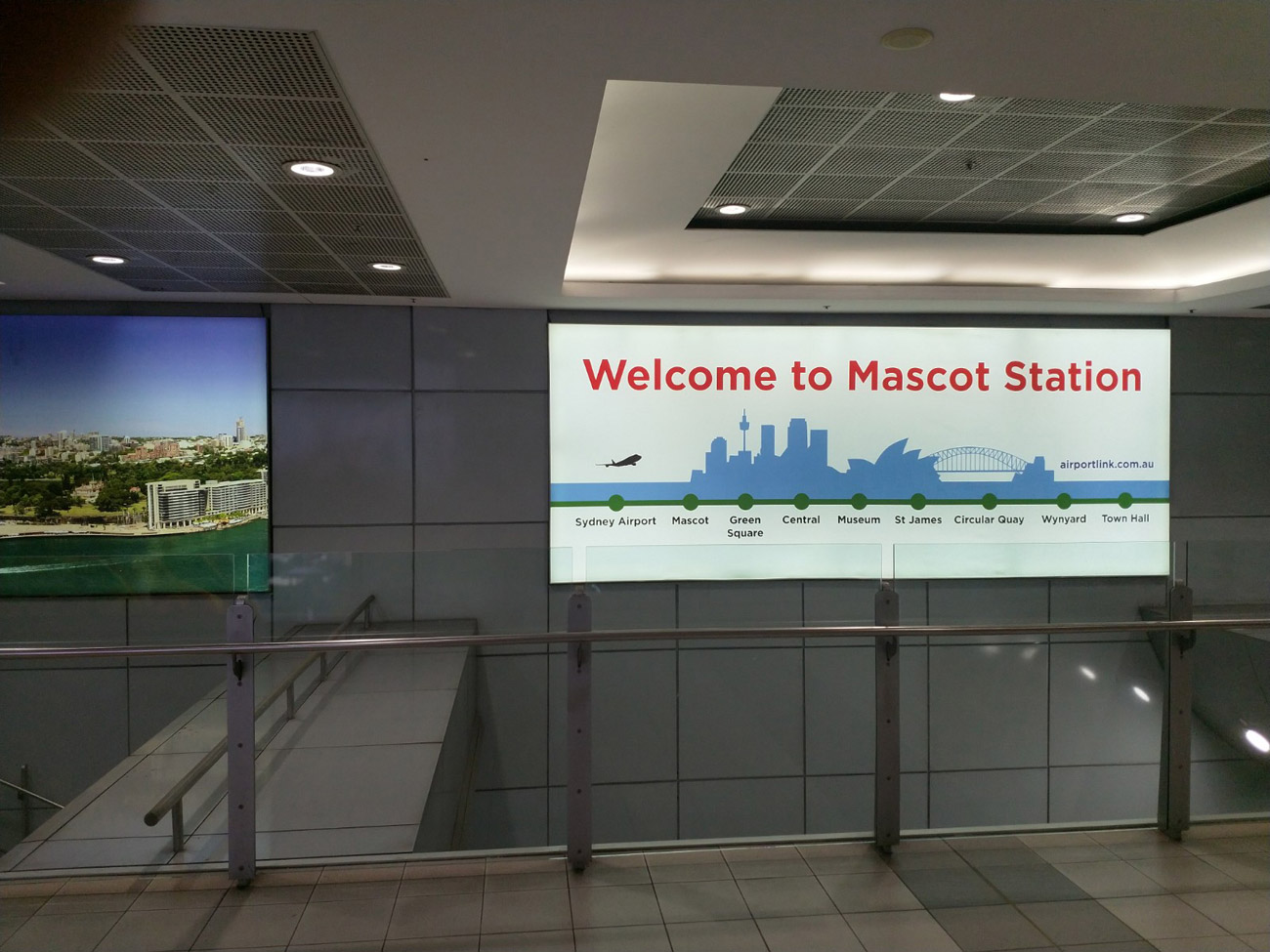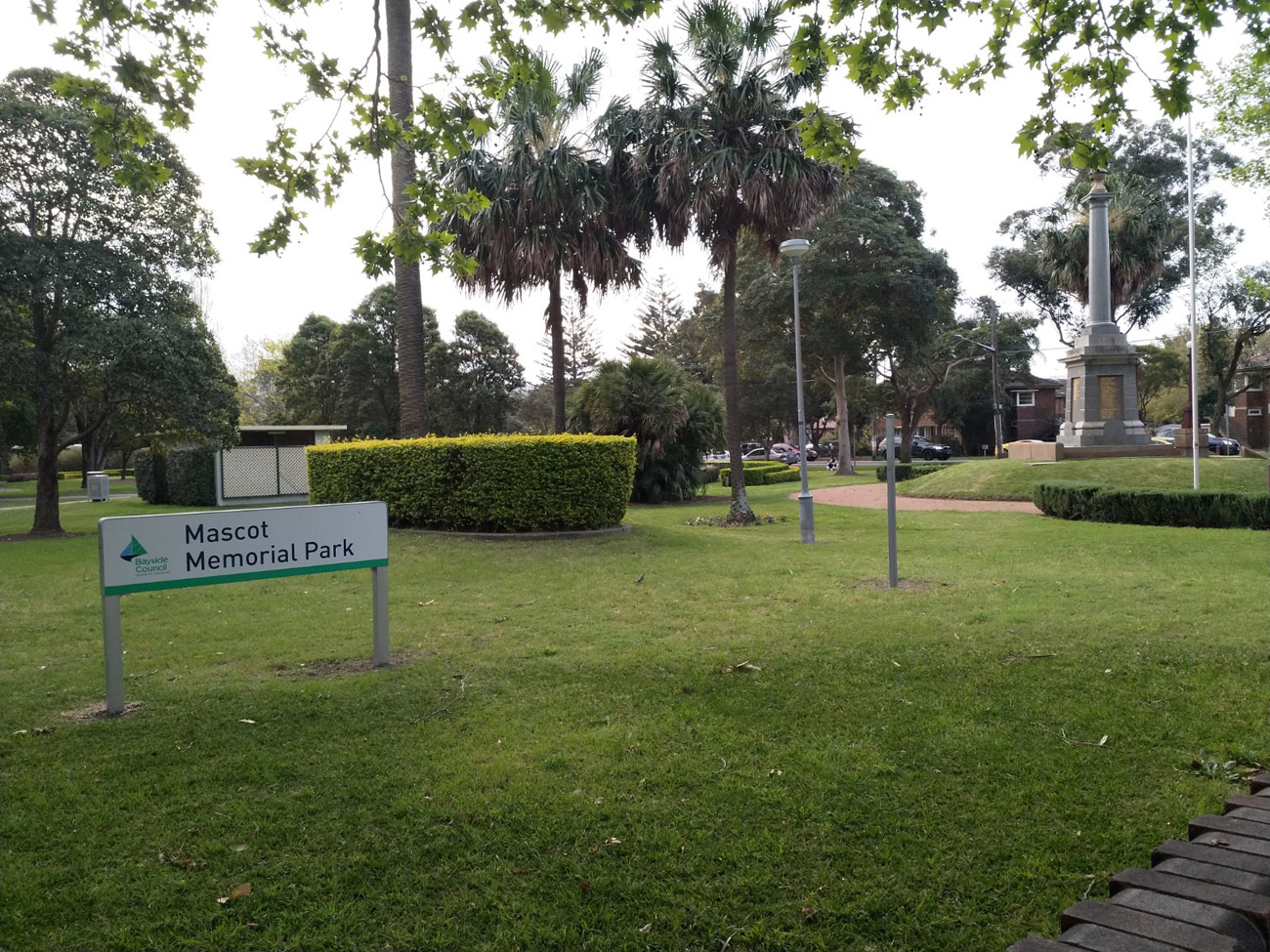Rapid development over old, roomy streets has created a suburb with two sides of its coin.
Summary: Mostly known for being home to Sydney Airport, Mascot has become a hotspot for mass, high-density residential development that has markedly changed its face, both for better and for worse. It has such a wide variance in its positive and negative factors – good location, bad traffic, great amenities, plenty of noise, et al – that its appeal as a place to live will likely depend on individual tastes perhaps more than any other suburb in inner Sydney at this point. These wild contrasts between highs and lows make it nothing if not interesting; it’s a living case-study in rapid Sydney urban planning and development.
Key stats
Region: Inner South
Population: 15,000
Postcode: 2020
Ethnic Breakdown: Chinese 18.1%, English 13.0%, Australian 11.7%, Irish 5.5%, Greek 4.3%
Time to CBD (Public Transport): 10 minutes
Time to CBD (Driving): 20 minutes
Nearest Train Station: Mascot
Highlights/attractions: Mascot Memorial Park, Sydney Airport
Ideal for: Young professionals, professionals, small families
Talk about a suburb with two faces. At this point, we might as well go ahead and reclassify / rename Mascot into two different suburbs – one, the original Mascot on the Eastlakes side can remain Mascot, while the second can be renamed Meritonland and be done with it. Or perhaps at least “Old Mascot” and “New Mascot” would ruffle fewer feathers?
Regardless, there are few suburbs in Sydney that show such variance in atmospheres, amenities and demographics in just a few streets as Mascot currently does.
Known by most Sydneysiders as “that suburb near the airport”, wave after wave of high-density development has hit Mascot incredibly hard in recent years to the point where its newer area around Mascot Station is almost entirely unrecognisable.

Tower after high-density tower has popped up to form a somewhat grey and intimidating face around its northern portion near the station. It’s all very modern, clean and slick looking, but gives off a very soulless and “living as just another bee in the hive” type feel, and its abundance of apartments has made this area far more crowded than it once was.
Progress brings Convenience
On the plus side, it’s also brought along with it a useful and diverse range of amenities for daily life. There’s a pretty comprehensive small-scale retail precinct with an obvious heavy Asian influence and a range of east-Asian eateries with a mix of cuisines.
Add in a blend of gyms, supermarkets, cafes, chemists and the like which previously didn’t exist on this side of the suburb, and for those who like the small-scale, modern-convenient lifestyle there’s a lot to offer within an easy walk.
Connectivity is another major plus in Mascot’s favour. Its station is frequently serviced and provides a quick 10 minute train ride into the city, while the airport is also obviously on your doorstep for international and domestic trips as well. It’s also well-serviced by buses running to Central Station where you can then transfer to almost any other part of Sydney by public transport.
You’ll want to rely on public transport when living here if at all possible, because the traffic situation in and around Mascot is not a pretty one. Its rapid development has made it one of the highest-density suburbs in Sydney, and with all these new residents has also come an influx of yet more cars to the already-taxed roads which have historically already seen heavy traffic heading to and from Sydney Airport.
Driving in peak hours here is often slowed to a crawl, parking is limited, and it only seems set to get worse as more and more of its currently-empty new apartment rooms fill up.
You have to feel for the long-time residents here who have seen this rapid development and population hit their infrastructure. It’s also added an extra layer to what was already one of Mascot’s weakest points: noise.
Make no mistake about it – Mascot is not the suburb of choice for those who put a premium on peace and quiet. Aircraft noise is always going to be your primary concern when living here, as its proximity to the airport and low-flying planes combine for some loud ambiance.
While it’s not as heavily under the flight path as some of its neighbouring suburbs, they’re still prevalent and fly low when they do; double-glazing is a necessity. The bigger crowds of people and all its activity, and the contintual ongoing building construction don’t help things, either.
The “aircraft noise discount” combines with Mascot’s current surplus of apartments to make buying a place here surprisingly affordable given its location.”
Despite these flaws, the balance of its connectivity and the price of property here makes Mascot worth considering for those who want to be close to the city who may not have the extra coin to throw around. The “aircraft noise discount” combines with Mascot’s current surplus of apartments to make buying a place here surprisingly affordable given its location.
While it’s still relatively expensive, by Sydney standards it’s one of the cheaper options in the area. Purchase price medians are hovering around the $1.3 million mark for a freestanding house and $850k for an apartment, although rental prices are still average to above-average.
It’s still a bit of a miracle that you might actually be able to purchase a (small, older) house for under $1 million – a rarity for a suburb so close to the CBD.

It’s not all limited to ultra-modern apartments, either. Head a few streets back to the south-east of Mascot and you’ll come across some nice, peaceful back streets filled with charming freestanding housing. The “aircraft noise discount” allowed people to afford bigger blocks of land – and construct some pretty impressive houses – than they might have been able to do elsewhere, and offer surprisingly large amounts of room to move.
If you’re looking for something decently-sized and feel you can deal with the noise and road issues, then Mascot actually presents one of the best-value options this close to Sydney city. Families should thus seriously consider giving (freestanding) property here a look.
Apartment-wise, you’d likely be best sticking with renting until some of the issues with its new constructions are given a few years to play out, as there’s already been some high-profile media cases for serious structural issues of properties constructed within the last ~10 years.
Amenity-wise, Mascot fares quite well. It’s got two main excellent public green spaces in the wonderful Mascot Memorial Park and (to a lesser extent) Lionel Bowen Park, and Botany Road serves as the unofficial “dividing line” to its old-time mixture of small retail, restaurants, and pubs.
There’s a couple of public and primary schools on offer for those with kids, and it’s got enough life services dotted throughout to suffice for daily life. There’s little to nothing in the way of nightlife, as its more of a professional/residential suburb for commuters.
The Verdict
Mascot’s a tough one, as it’s both easy and hard to recommend for a mixed range of reasons. Think you can tune out the aircraft noise and stick to public transport for most of your needs? Then it suddenly becomes a decently affordable – and very convenient – option to get in and out of the city with the chance at proper living space for home buyers.
Plan on driving a lot and looking for a place to buy an apartment? Then it’s perhaps one of the worst choices, as its dubious apartment construction qualities and unfavourable road situations are both obvious stressors.
Young professionals who want most things at their fingertips and are planning on renting without having kids for a while would be the ideal market for living closer to the station side, while families with the parents working in the city or inner suburbs looking to give their kids some space would likely be the best demographics to consider living in its older area.









